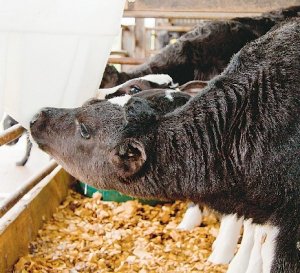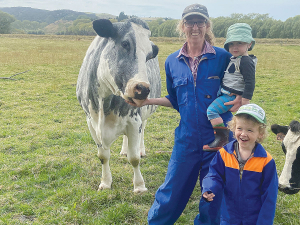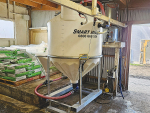Although, on average, the prevalence of metabolic diseases is low in New Zealand herds, many farmers face annual problems that are costly and frustrating. Also, clinical cases are only part of the problem, with many more cows suffering subclinical problems. For example, DairyNZ data indicate that for every downer cow, two more cows have milk fever and 16 more cows have subclinical milk fever.
The majority of metabolic diseases occur during the three weeks either side of calving (the transition period). Although genetic factors influence the risk of these diseases – with reported genetic effects on susceptibility to milk fever and on the rate of body condition score (BCS) loss – farm management in the weeks around calving has a major effect on the risk of disease.
The principal causes of, and strategies to avoid, these metabolic diseases will be reviewed here.
Metabolic diseases in New Zealand
The two most common metabolic diseases in New Zealand are milk fever and ketosis, although it is likely ‘fatty liver syndrome’ and left-displaced abomasum will become more common with higher levels of supplement use and higher milk production/cow. All these diseases have secondary effects, the occurrence of one disease increasing the risk of another (figure 1). In addition, they predispose cows to infectious diseases, particularly of the udder and uterus, and reduce milk production and fertility. Conservative estimates indicate the failure of cows to transition properly through calving costs the New Zealand dairy industry at least $1 billion/year.
Milk fever
Milk fever is best described by its technical name parturient hypocalcaemia, which means lowered blood calcium at the time of calving; 90% of milk fever occurs in the 24 hours after calving. On average, only 2% of cows are diagnosed with milk fever (i.e. ‘downer’ cows). However, laboratory analyses indicate that double this number have less than the clinical threshold of calcium circulating in blood (i.e. have milk fever but do not become downers) and 33% of cows are subclinically affected (i.e. low dry matter [DM] intake, reduced milk production) .
Clinical milk fever is reported to reduce milk production by 14%, while cows suffering subclinical hypocalcaemia produce 7% less milk. There is also evidence that milk fever increases the risk of ketosis and uterine infections and that 5% of downer cows do not recover. The cost of milk fever on the average farm (i.e. 2% downer cows, 5% clinical hypocalcaemia and 33% subclinical hypocalcaemia) is about $8000/100 cows.
Although a cow has substantial stores of calcium in her skeleton (~6 kg) and consumes a considerable amount of calcium in food (i.e. a cow eating 10kg of pasture and pasture silage has 40-80g calcium in her intestine), blood calcium is under strict hormonal control; a cow only absorbs from food and reabsorbs from bones what she requires. This can create an issue at the onset of lactation, when a cow’s requirement for calcium in blood can increase by at least 400% in a day. This requires a rapid increase in the absorption of calcium from the intestines and in the reabsorption of calcium from bone. Anything that interferes with these processes will increase the risk of milk fever.
Many factors affect the cow’s ability to maintain blood calcium during this period.
1. Genetics: Jersey cows are 2.5-5 times more likely to get milk fever than Holstein-Friesian (HF) cows. This effect of breed is well published, with Channel Island breeds having less ability to absorb calcium and secreting more calcium in milk. Within breed, HF cows from North America have lower blood calcium and magnesium than New Zealand HF cows, indicating a greater risk of milk fever.
2. Body condition score (BCS): cows that are excessively fat (greater than BCS 6.0) or excessively thin (less than BCS 3.0) at calving are at increased risk of milk fever.
3. Weather: milk fever is more likely to occur during wet days and nights, probably because of lower DM intakes and increased stress. In addition, frosty nights increase the risk of milk fever.
4. Diet: many dietary factors can contribute to the risk of milk fever.
• John Roche is principal scientist, animal science, at DairyNZ.








